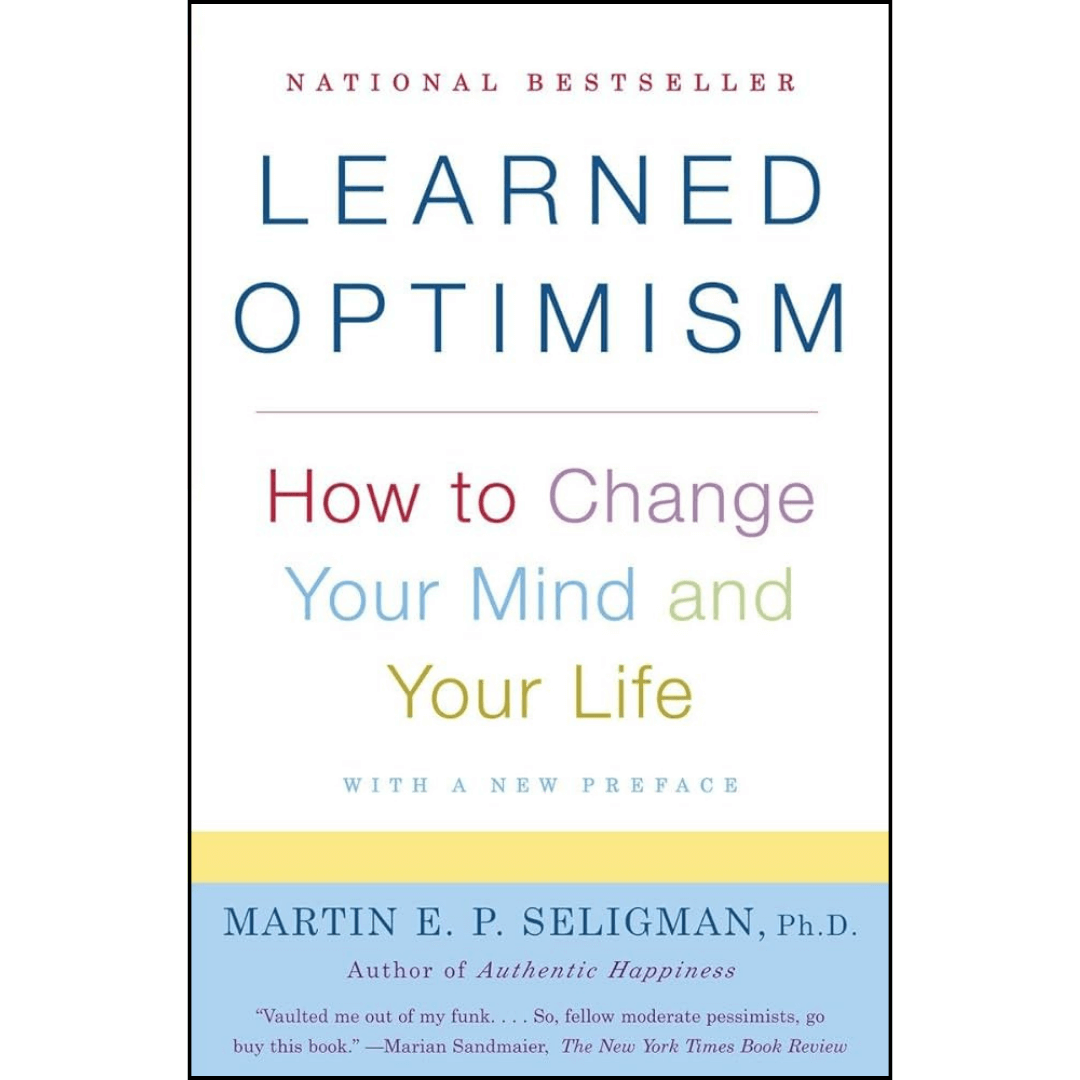Book Summary: “Learned Optimism” By Dr Martin Seligman

Learned Optimism: Book Summary
In “Learned Optimism,” renowned psychologist Dr Martin Seligman delves into the concept of optimism and how it can be cultivated through learned behaviours and cognitive strategies. This book summary explores Seligman’s groundbreaking research and practical insights on how individuals can transform their mindset to embrace a more positive outlook on life.
Chapter 1: The Power of Optimism
Seligman introduces the essential idea that optimism is not merely a trait but a skill that can be developed. He contrasts optimistic and pessimistic outlooks, highlighting their profound impact on individuals’ emotional well-being, success, and resilience in the face of adversity.
Chapter 2: The Three P's of Optimism
The writer outlines the three critical elements that shape our explanatory style: Permanence, Pervasiveness, and Personalization. He explains how optimists and pessimists differ in their interpretation of life events based on these facets and how these interpretations influence their overall mindset.
Chapter 3: Understanding Explanatory Styles
Seligman delves deeper into the concept of explanatory styles & explores how they develop and manifest in various aspects of life. He provides examples and case studies to illustrate the differences between optimistic & pessimistic explanatory styles and their consequences for mental health and achievement.
Chapter 4: Overcoming Learned Helplessness
One of the central themes of the book is learned helplessness—the belief that one has no control over their circumstances. Seligman discusses how learned helplessness develops & offers strategies for overcoming it, emphasizing the importance of challenging negative beliefs & fostering a sense of agency and empowerment.
Chapter 5: Cultivating Optimism
In this chapter, Seligman provides practical techniques for cultivating optimism in daily life. He introduces cognitive restructuring exercises, positive visualization, & gratitude practices as tools to shift perspective and build resilience. Additionally, he explores the role of social support & positive relationships in nurturing an optimistic mindset.
Chapter 6: Applying Optimism in Work and Relationships
Seligman explores how optimism can influence professional success & interpersonal relationships. He discusses strategies for fostering a positive work environment, enhancing leadership skills, & improving communication. Additionally, he examines the role of optimism in romantic partnerships & offers insights into building healthier and more fulfilling relationships.
Chapter 7: Raising Optimistic Children
The final chapter focuses on instilling optimism in children & adolescents. Seligman emphasizes the importance of teaching resilience & problem-solving skills from a young age, modelling optimistic behaviour and fostering a growth mindset, as parents and educators.
Conclusion:
“Learned Optimism” offers a compelling framework for cultivating optimism and understanding in every aspect of life. Seligman’s research-backed insights & practical strategies empower readers to transform their thinking patterns, overcome adversity, & lead more fulfilling lives. By embracing the power of optimism, individuals can unlock their full potential and thrive in a rapidly changing world.